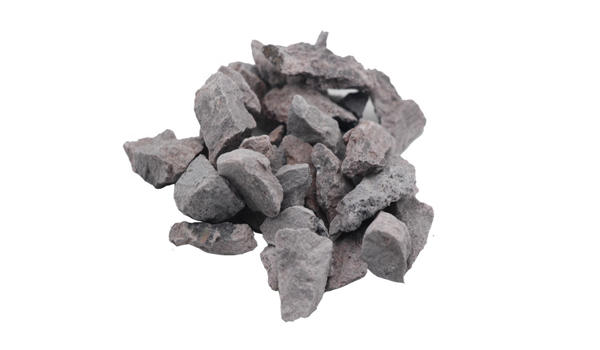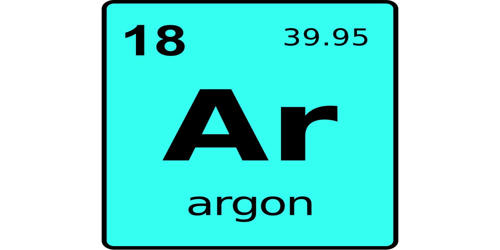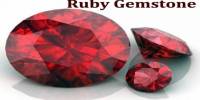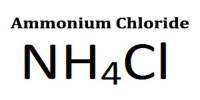Calcium carbide is a usually dark gray crystalline compound, used especially for the generation of acetylene and for making calcium cyanamide. It is also known as calcium acetylide, is a chemical compound with the chemical formula of CaC2. The pure material is colorless, but most samples have a color ranging from black to grayish-white, depending on the grade. Its main use industrially is in the production of acetylene and calcium cyanamide.
Calcium carbide is produced industrially in an electric-arc furnace from a mixture of CaCO3 and coke (carbon) at approximately 2000 °C. Applications of calcium carbide include manufacture of acetylene gas, and for generation of acetylene in carbide lamps; manufacture of chemicals for fertilizer; and in steelmaking.
Properties
The pure material is colorless, however pieces of technical-grade calcium carbide are grey or brown and consist of about 80–85% of CaC2 (the rest is CaO (calcium oxide), Ca3P2 (calcium phosphide), CaS (calcium sulfide), Ca3N2 (calcium nitride), SiC (silicon carbide), etc.). In the presence of trace moisture, technical-grade calcium carbide emits an unpleasant odor reminiscent of garlic.
- Molecular Weight/ Molar Mass: 64.099 g/mol
- Density: 2.22 g/cm3
- Melting Point: 2160 0C
- Boiling Point: 2300 0C

Production
Calcium carbide can be produced industrially from a mixture of lime and coke at about 2.200 ° C (3.990 ° F) in an electric arc furnace. It is produced industrially in an electric arc furnace from a mixture of lime and coke at approximately 2,200 °C (3,990 °F). It in its pure form appears as a colorless crystalline solid and is a rock-like structure at room temperature. This is an endothermic reaction requiring 110 kilocalories (460 kJ) per mole and high temperatures to drive off the carbon monoxide. This method has not changed since its invention in 1892:
CaO + 3 C → CaC2 + CO
Calcium carbide can be reacted with water to produce acetylene and calcium hydroxide. The high temperature required for this reaction is not practically achievable by traditional combustion, so the reaction is performed in an electric arc furnace with graphite electrodes. It can also be produced from this compound by reacting it with nitrogen at relatively high temperatures. The carbide product produced generally contains around 80% calcium carbide by weight. The carbide is crushed to produce small lumps that can range from a few mm up to 50 mm. The impurities are concentrated in the finer fractions. The CaC2 content of the product is assayed by measuring the amount of acetylene produced on hydrolysis. As an example, the British and German standards for the content of the coarser fractions are 295 L/kg and 300 L/kg respectively (at 101 kPa pressure and 20 °C (68 °F) temperature).
Calcium carbide can be produced industrially from a mixture of lime and coke at about 2.200 ° C (3.990 ° F) in an electric arc furnace. This reaction was an important part of the industrial revolution in chemistry, and was made possible in the United States as a result of massive amounts of inexpensive hydroelectric power produced at Niagara Falls before the turn of the 20th century. Calcium carbide is also used in the desulfurization of iron.
Uses
- It is used in the production of calcium hydroxide and acetylene.
- It is used to produce calcium cyanamide.
- It is used in the removal of sulphur from iron.
- It is used in lamps such as carbide lamps.
- Used as a ripening agent like ethylene.
- It is used in bamboo cannons as well as big-bang cannons.
Information Source:
















